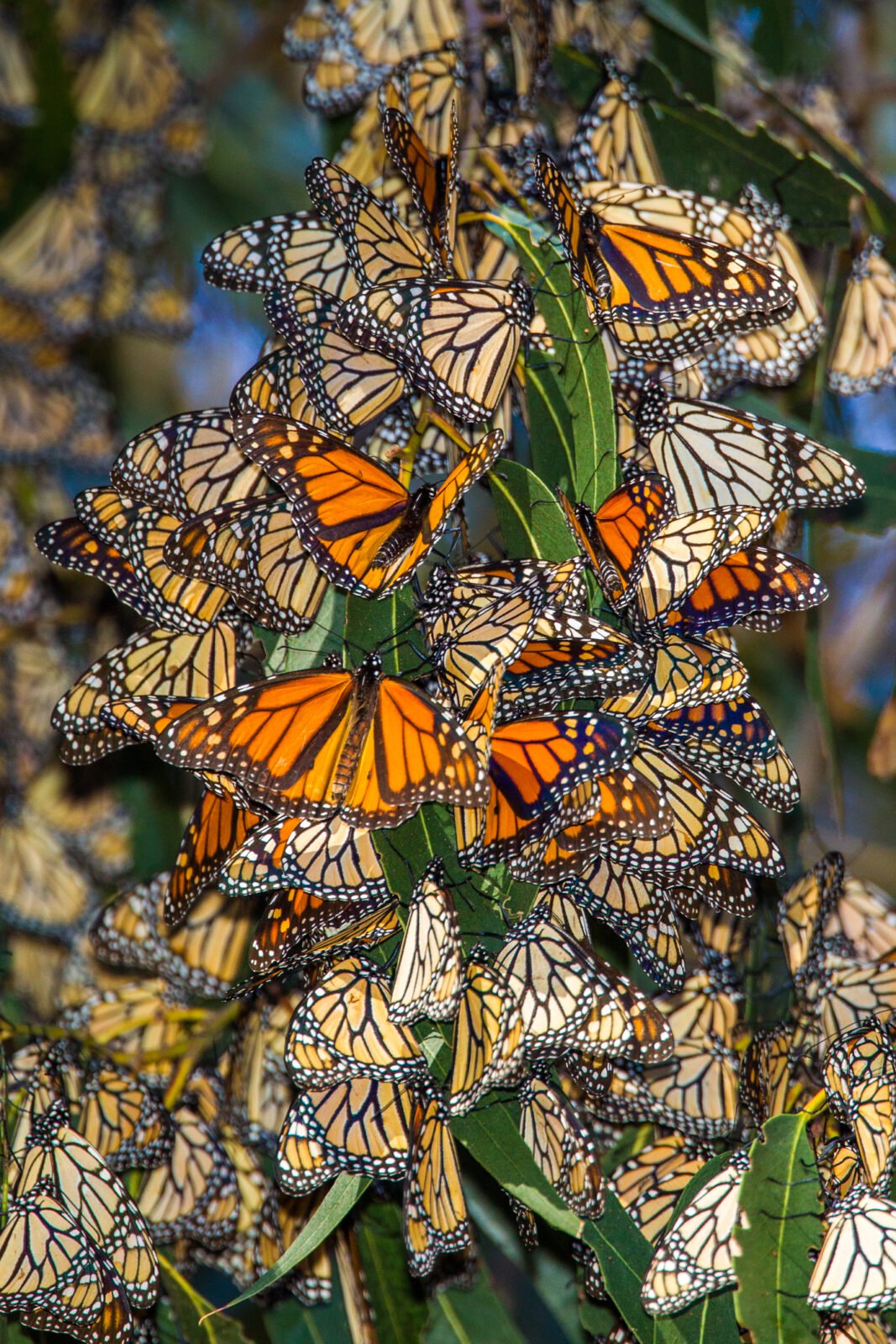
Native News Recap: 2022
Here’s a native news recap looking back at some of the biggest native plant news stories of the...
One way we can help the environment and enjoy gardening is by creating a rain garden (sometimes called a ‘storm water garden’) to assist with rainwater reabsorption in to the soil. The design is based around a deliberate depression, or hole, that lets rainwater be reabsorbed rather than puddling, running into a gutter, or other unwanted areas. The purpose here is that the local plants planted in these rain gardens will soak up the groundwater, rather than running off, and thus improve the quality and quantity of the local water table as well. This can cut down on the amount of pollution reaching creeks and streams by up to THIRTY PERCENT. Plants need to be specially chosen to take up the excess water when it rains and then filter it through their large, deep roots and layers of soil. Another added benefit is that the soil supports microbial populations that are vital for bio filtration. These microbes feed on the secretions given off by the roots of plants and break down carbon and other pollutants. The very simplest way to start a rain garden is to funnel the water that comes from downspouts and drains into your existing garden. However, caution is advised―you must have plants that can handle inundation, you’d be surprised how much rain comes off your roof when it rains. Native and adapted plants are best for rain garden projects, as they are generally more tolerant of the local climate, soil and water conditions. They also have deep root systems to help with water filtration and outlasting droughts. Although native plants may be new and different to many people, they can be every bit as beautiful as their ornamental counterparts, while also offering vast environmental benefits. Some native plants that work well in rain gardens include:
Additionally, the University of Connecticut has developed a smartphone app for building a rain garden including how big to make it, where to put it, what kinds of plants to use, as well as soil analysis and measuring tools. Download it here for iOS and here for Android.

Here’s a native news recap looking back at some of the biggest native plant news stories of the...
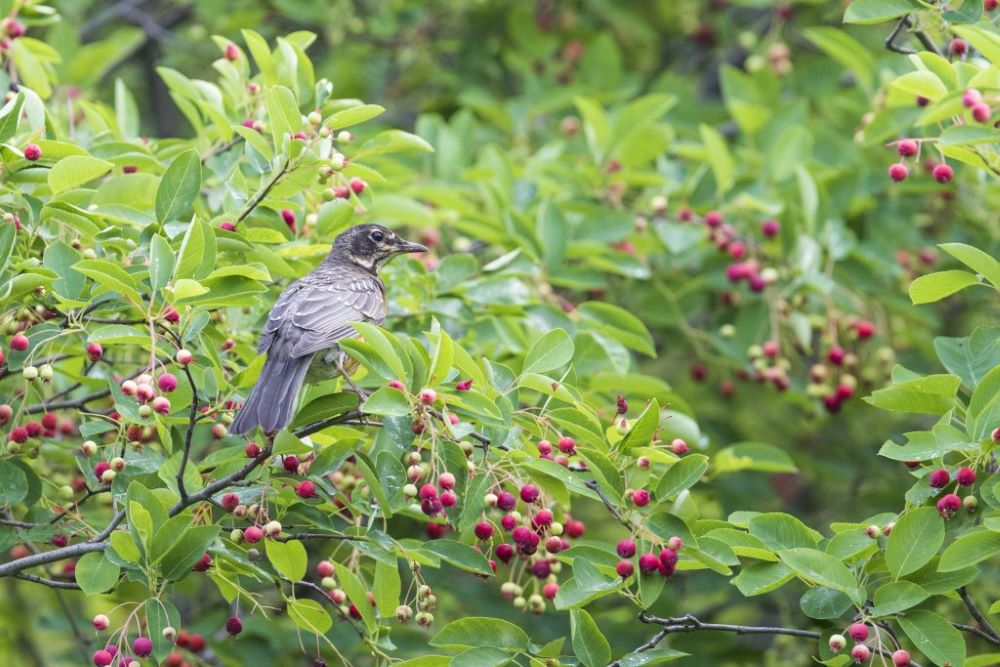
In the past we have emphasized the importance of keystone species in supporting bird populations,...
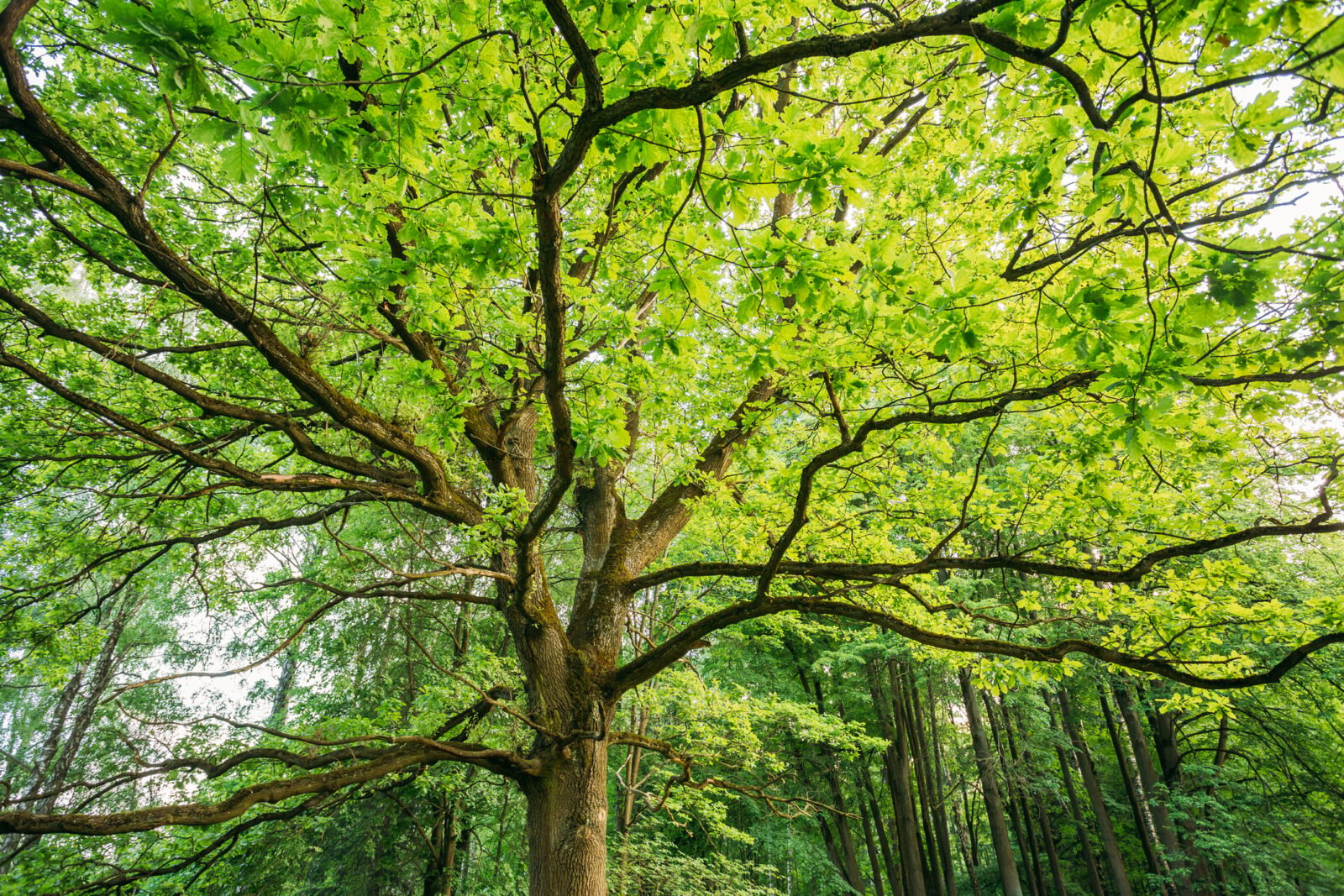
Perennials are the stars of most gardens, and no wonder! They provide a variety of shapes and col...
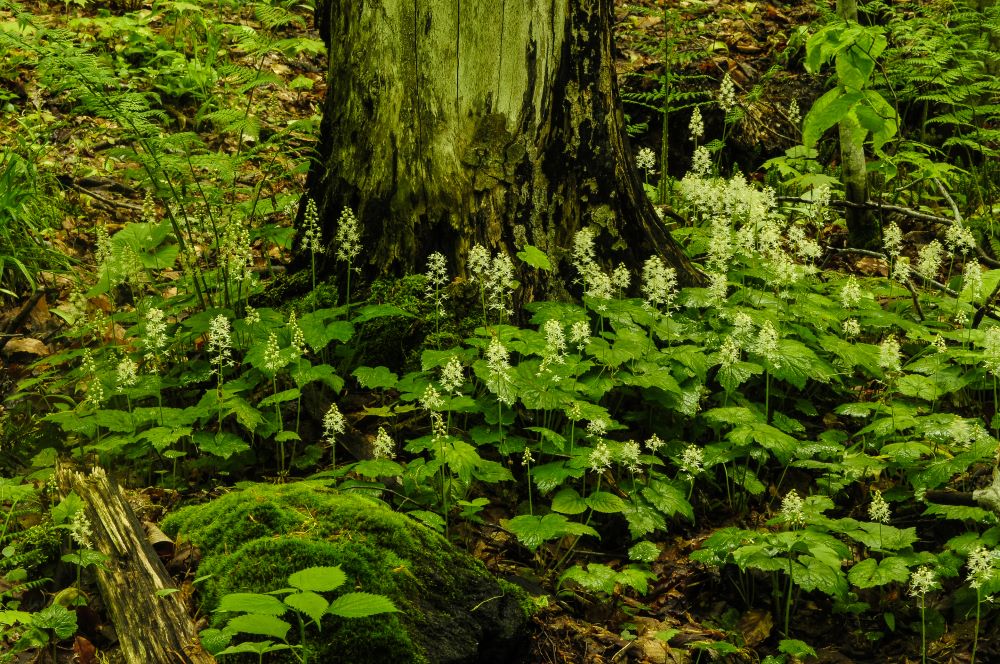
These native ground covers for shade make a perfect living mulch by holding in moisture, keeping ...

Gardening is ‘In’! Over the past two years gardening has suddenly become very popular with pe...
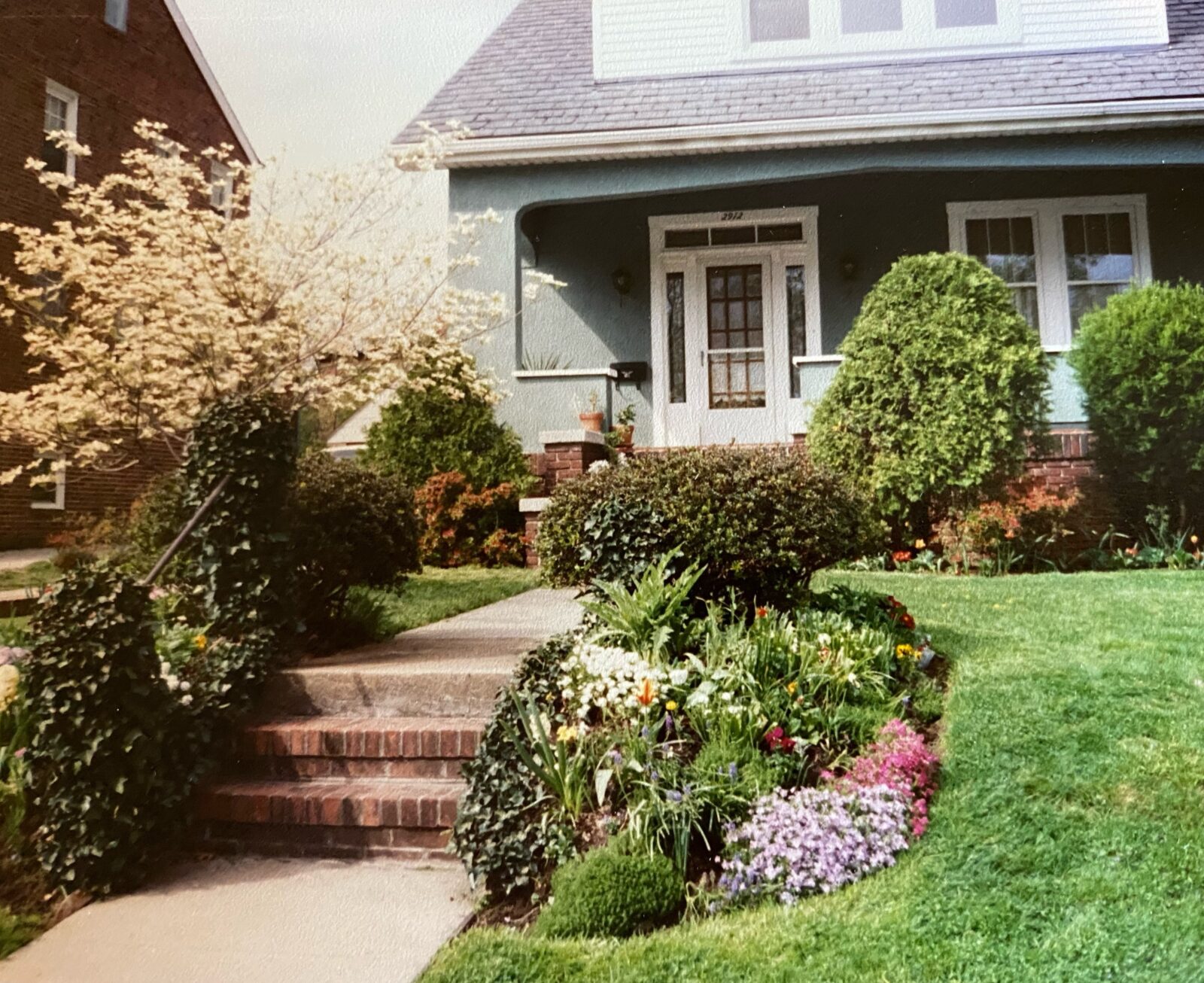
Mothers give us so much, but sometimes it takes a while for us to appreciate the gifts that we ca...
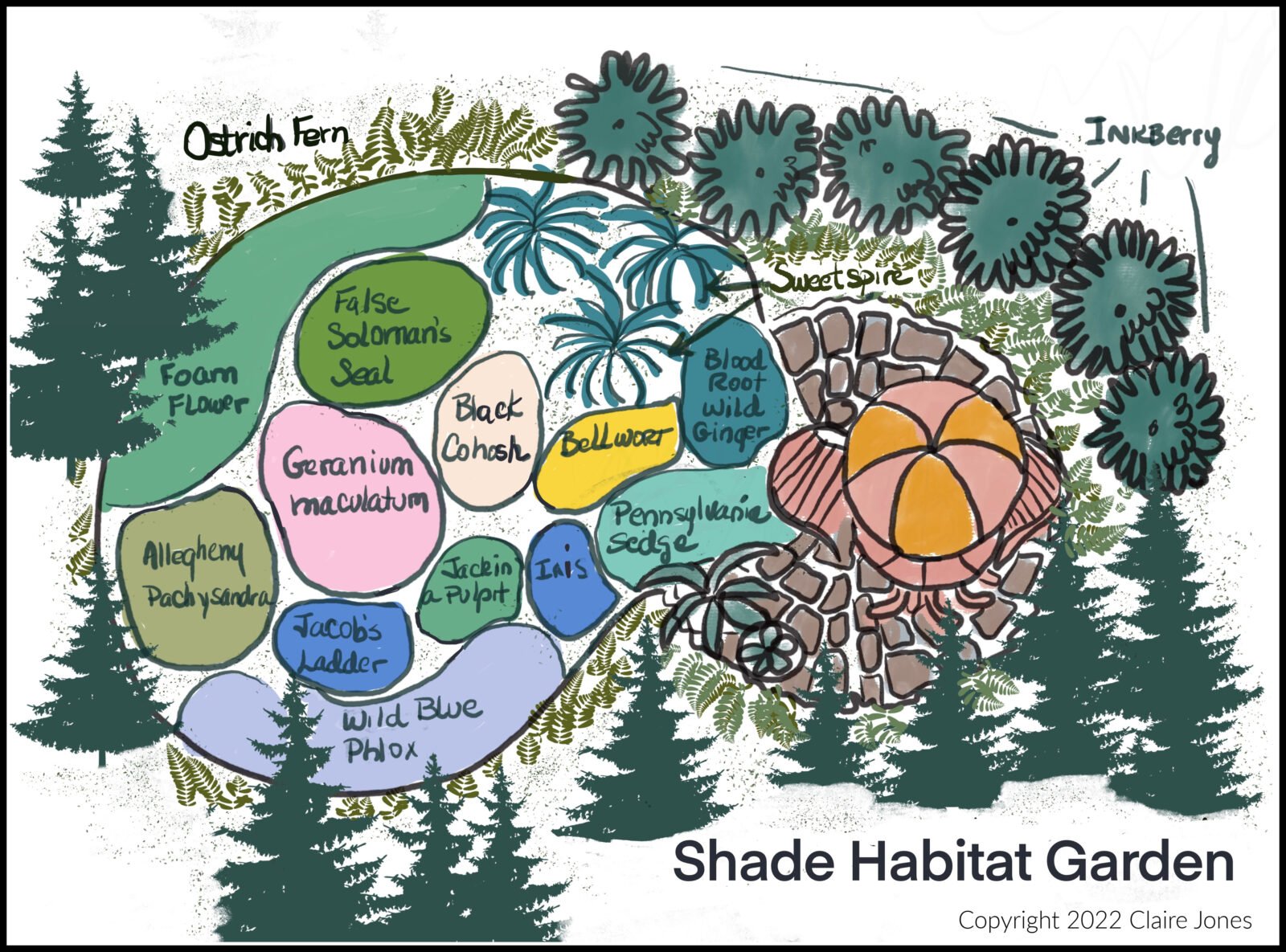
This is the second part of my Habitat Heroes Design series. The first part was a sunny garden of ...
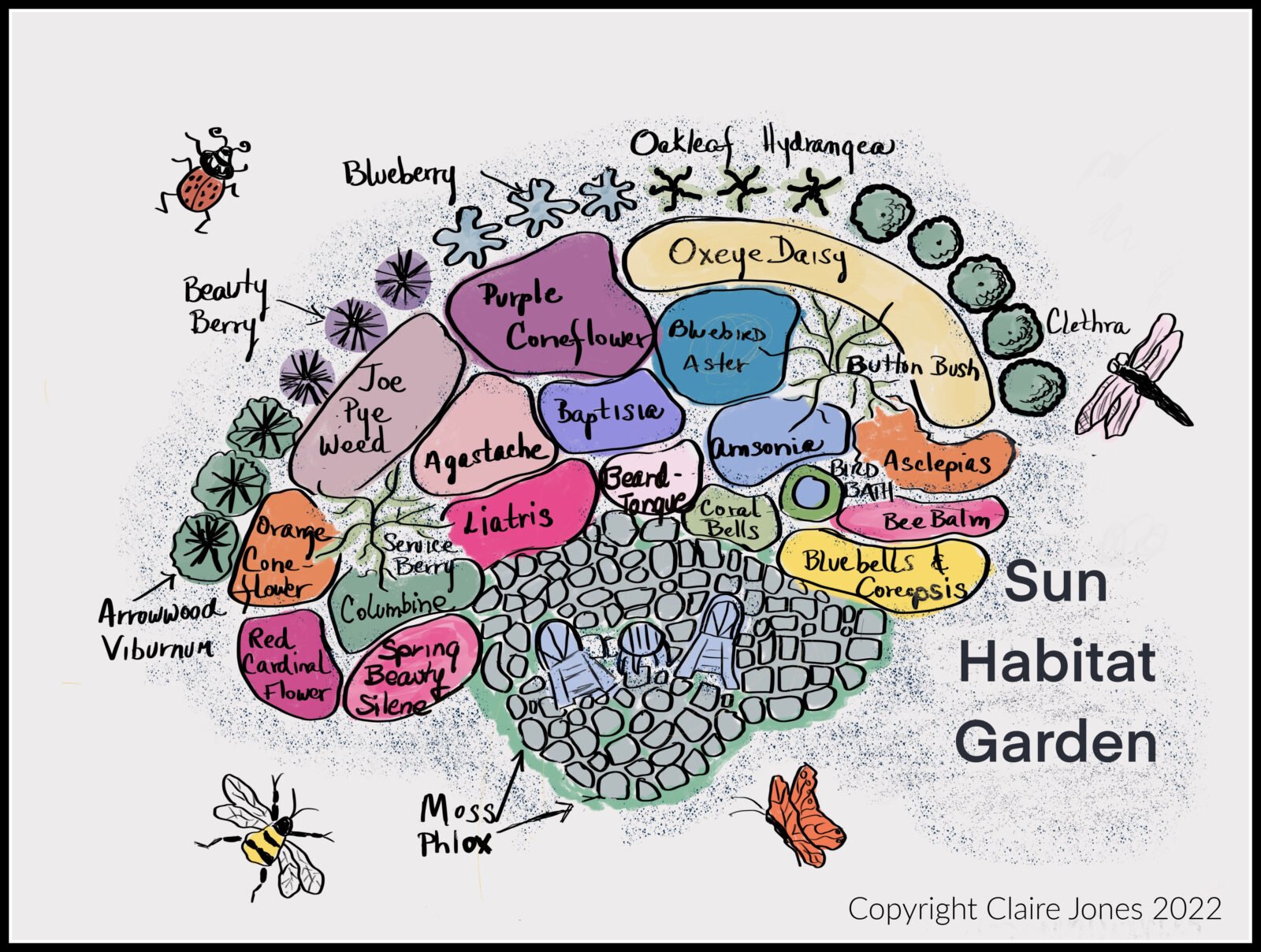
This blog post will cover how to design and install a Sunny “Habitat Hero Garden” with native...
Now Shipping for Spring 2024!